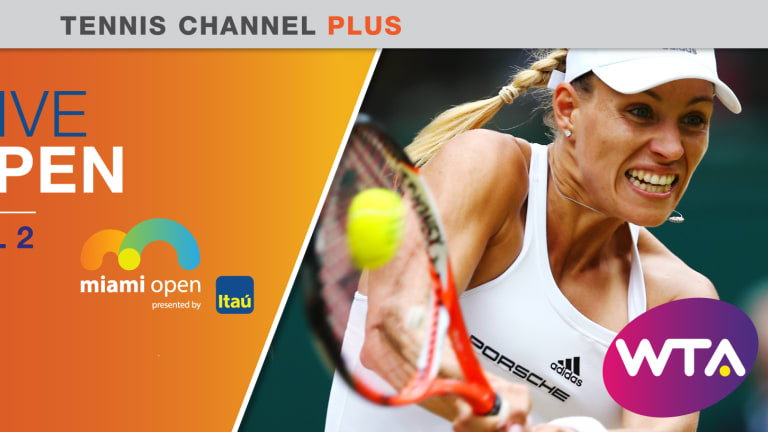I've felt for a long time that a strong case can be made for Rafael Nadal being considered the most arresting player in the game of tennis. He wears his intensity on his sleeve. He displays emotions almost always on a positive scale, revving himself up even when is down in the scoreline, rousing the crowds by connecting with them unabashedly. He refuses to underestimate any opponent. While other superstars in the world of sports have a tendency toward condescending attitudes about particular adversaries, Nadal is the ultimate professional and a champion who is unfailingly respectful of those who stand on the opposite side of the net. Nadal is a unique individual across the board, a superior sportsman through and through, and a gentleman to his core.
And yet, the Spaniard is working exceedingly hard to recover his old winning ways as he approaches his 31st birthday on the third of June. He has not won a major since the 2014 French Open, when he captured the crown at Roland Garros for the ninth time on the red clay in Paris. He was unable to defend his U.S. Open title in 2014 as an injury to his right wrist kept him away from that tournament. A left wrist injury forced Nadal to withdraw before his third-round contest at Roland Garros last year, and kept him out of Wimbledon entirely. Nadal concluded 2016 at No. 9 in the world, the lowest he had finished any year since ascending to No. 2 in 2005.
But Nadal has been working with unbridled passion this year to rediscover the art of winning on a level reminiscent of days gone by. He was agonizingly close to collecting a second Australian Open and 15th Grand Slam tournament title in January, building a 3-1 fifth-set lead over Roger Federer in the final at Melbourne. Inconceivably, this renowned closer never won another game as the Swiss Maestro claimed his 18th major spectacularly. Nadal took some time off to heal from a combination of physical and psychic wounds, returning in Acapulco, losing there in the final on the hard courts to Sam Querrey, a player who had never beaten the Spaniard before.
